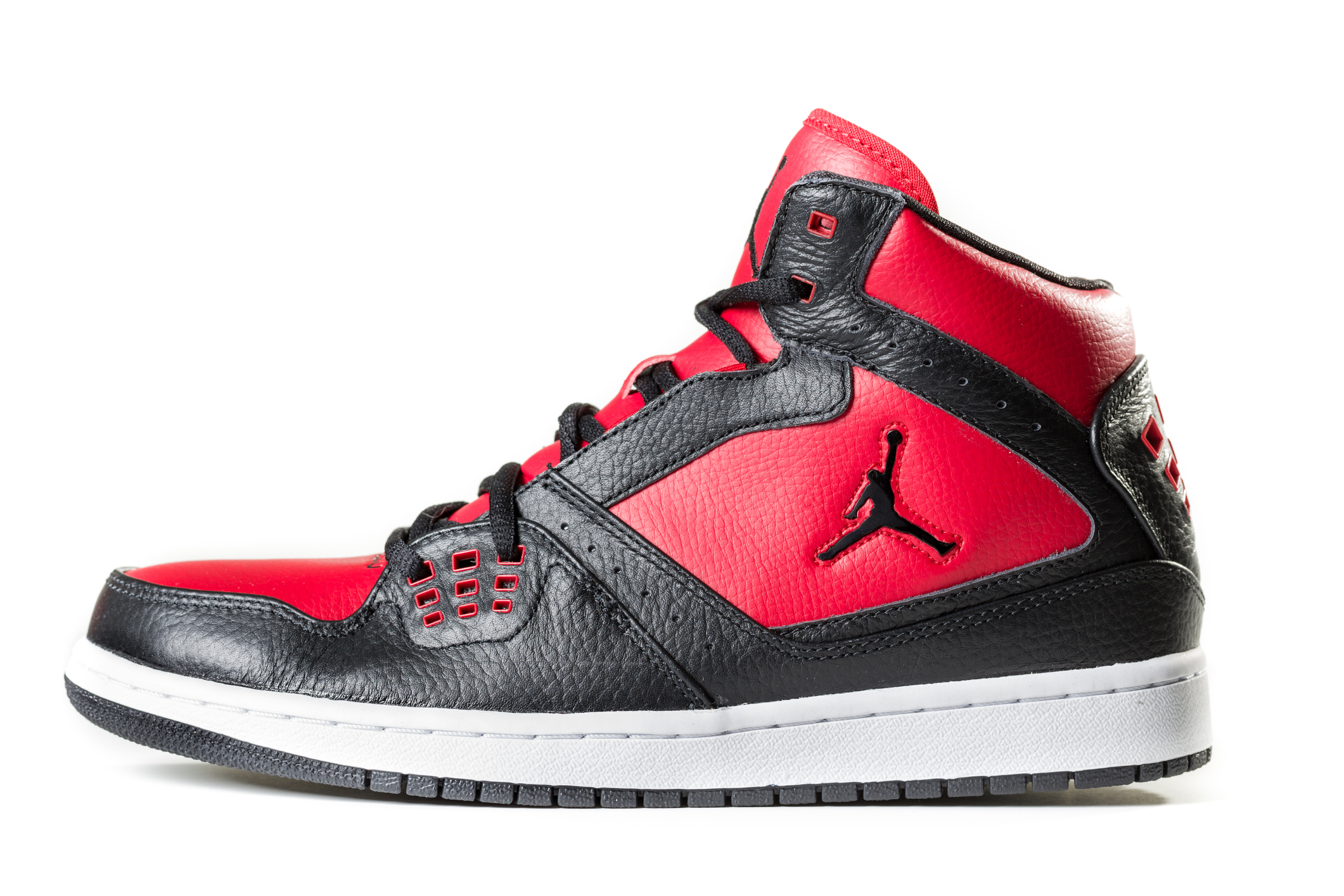I’ve just come out from watching one of my favourite movies of recent times: Air – Courting a Legend, starring Matt Damon, Ben Affleck and Viola Davies. It tells the story of how Nike developed the Air Jordan shoe for Michael Jordan to help him perform better on the basketball court and also enhance his star quality. In this post, we look at the innovation showcased in the film, in terms of the product design but also the marketing and business model.
The Nike Air Jordan line of sneakers was launched in 1985 and transformed Nike’s basketball business in a remarkable way. Before the Air Jordan line was introduced, Nike had a modest 18% share of the basketball shoe market. However, the Air Jordan brand quickly became popular among athletes and sneaker enthusiasts alike, and Nike’s market share soared to 43% by 1987. By 2019 Nike’s share had grown to 86% of the “performance” basketball market and 96% in the “lifestyle” basketball category. Furthermore, 77% of NBA players wore Nike or Jordan shoes during the 2019-20 season (1). The Air Jordan line has become a cultural icon, with numerous iterations and collaborations, generating over $5billion for Nike in fiscal 2022 (2).
1. Bake your brand into your product
The Air Jordan line literally has the brand baked in, as it captures the essence of Michael Jordan’s style and performance on the court. As Viola Davies says in the movie, “A shoe is just a shoe until my son steps into it.” The shoes were designed to be lightweight and comfortable, providing a perfect fit to help Jordan move quickly and jump high. Jordan’s impressive skills and leadership on the court helped to cement his status as a basketball legend and the Air Jordan line became synonymous with this success.
2. Be bold enough to stand out
The distinctive product design of the Air Jordan sneaker was another key factor in its success. At the time, the NBA had a strict policy that required players’ shoes to be at least 50% white. The Air Jordan shoe violated this policy with its bold and colourful design, featuring red and black prominently. The shoe had only 23% white, far below the NBA’s requirement, leading to fines from the NBA and an attempt to ban the shoe. Nike was prepared to pay fines to keep the shoe on the market. The fines actually helped to generate more attention and publicity for the brand, making it an even more desirable. Nike celebrated the NBA’s attack on the brand with an advert (1). “On October 15, Nike created a revolutionary new basketball shoe,” a voice read as Jordan dribbled a basketball. “On October 18, the NBA threw them out of the game. Fortunately, the NBA can’t keep you from wearing them.”

3. Create a distinctive visual identity
The Air Jordan ‘Jumpman’ logo is another iconic element of the brand’s success and is still going strong, 29 years after launch (see below for the Tatum 1 ‘Zoo’ shoe). It was created by the designer of the original Air Jordan shoe, Peter Moore, who played a pivotal role in the creation of the Air Jordan brand. The logo captures the essence of Michael Jordan in mid-air, legs apart, and arm outstretched, soaring towards the basket to make a dunk. It perfectly captures the spirit of the Air Jordan line, which was designed to help Jordan jump higher, move faster, and play better. The logo communicates the idea that with the right equipment and mindset, anything is possible – a message that resonates with a wide audience that stretches way beyond basketball players.

4. Harness business model innovation
At the time Nike were trying to sign Jordan, his strong preference was for Adidas. Business model innovation played a key role in convincing Michael Jordan and his family that Nike was the better option. Instead of paying Jordan a flat fee, Nike offered him a percentage of revenue from the shoes – a move that was unheard of in the sports marketing world. This gave Jordan a financial stake in the brand’s success, with a reported $1.3 billion in fees since the Air Jordan launch (3). It also helped to create a sense of partnership and mutual benefit between the athlete and the company which helped ensure long term success.
In conclusion, the success of the Nike Air Jordan brand shows the power of combining distinctive design, iconic visual identity and an innovative business model. Air the movie has some fascinating insights into this success whilst also being a highly entertaining and enjoyable movie – I’ve booked to go and see it a second time!
Sources
